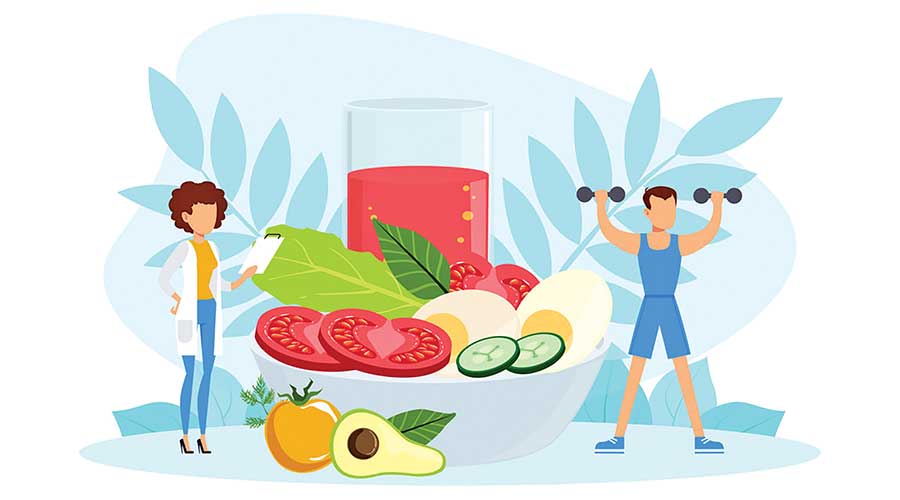ASK A PHYSICAL THERAPIST
- 20 Apr - 26 Apr, 2024

Bloating can be caused by a number of things, not just food intolerances. For example, excess gases in the intestines, water retention and eating a big meal can all cause bloating. In some cases, bloating may be a sign of wider gut health issues, so if you’re concerned always seek advice from a specialist gut health dietitian or you GP to help alleviate the symptoms.
What you eat really does have an impact on how effectively and efficiently you can provide energy to your body. The body converts the food we eat (carbohydrates, protein and fats) into fuel through several different energy pathways. The most important thing is to be eating the right snacks to keep your energy levels up. Look for things that are high in fibre, things like mini rice pots or oat cakes. We often recommend things with hummus in so they’ve got a bit of protein, healthy fats and fibre all in one. And it’s always good opportunity to have some fruit, like an apple or banana mid-morning or afternoon.
There is no one way to achieve a healthy, balanced diet; it has to reflect your body’s energy needs and your lifestyle, beliefs and preferences. If you are eating lots of the same food, aim to try new foods in place of a slice of bread and when you are eating bread, include wholegrain versions. When it comes to mealtimes, focus on the ‘balanced plate’ concept; it’s a useful guide to the types and proportions of foods we should try to consume at mealtimes. Some key aspects of a balanced plate include starchy carbohydrates like rice, potatoes, pasta, spelt and barley; fruit and vegetables such as berries, apples, melon, carrots and broccoli; protein-rich foods like pulses (kidney beans, lentils and chickpeas), quinoa, soya products, nuts, eggs, fish and meat; dairy products, including hard and soft cheeses, yoghurt and cow’s milk; and finally a source of healthy fats or oils such as avocado, olive oil or rapeseed oil. For portion-sizing, a general rule for everyone is to follow hand sizes; a palm of protein, one handful of carbohydrate, two handfuls of non-starchy vegetables and one thumb of healthy fats.
COMMENTS